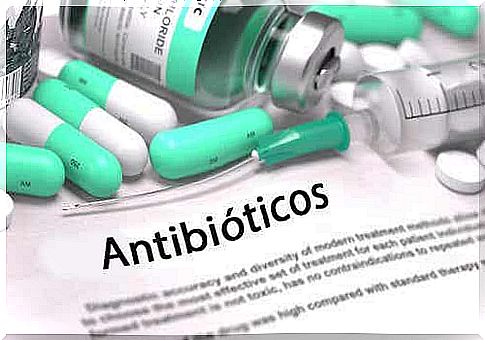Drugs And Pharmacological Agents – Learn About Their Types

Drugs and pharmacological agents can be classified according to their action, route of administration, or therapeutic indication. WHO uses the ATC code (anatomical, therapeutic, chemical). It is the European coding system for pharmaceutical substances and types of drugs.
According to this system, all drugs and pharmaceuticals have the ATC code specified in their technical sheet. This code consists of seven alphanumeric characters. However, currently the same active substance may have more than one ATC code when used in different indications.
What are drugs and pharmacological agents?
Medicines and pharmacological agents are substances or combinations of several substances that have properties to cure or prevent disease in humans. They can be administered to restore, correct or modify physiological functions. In addition, they exert a pharmacological, immunological or metabolic effect on the body.

Active ingredient in drugs
It is about the component responsible for the action of the drug. It can be any substance of human, animal, plant, chemical or other origin that works by itself in our body. In addition, the same drug may contain one or more active ingredients.
Auxiliary substances contained in drugs and pharmacological agents
In general, the amount of active ingredient required in a medicament is very small. Therefore, in order to facilitate the processing and application of the active ingredient, it is mixed with excipients. These substances do not show any activity, but are added to the active ingredients for the following purposes:
- They serve as a carrier for the active substance.
- They enable the preparation and stability of the drug.
- They have good organoleptic properties.
- They determine the physicochemical properties of the drug, as well as its bioavailability.
Some excipients should be included in the description on the packaging of the drug. Especially some sweeteners that should be considered for people with diabetes or lactose intolerance.
How can drugs and pharmacological agents be classified?
In general, we use drugs and pharmacological agents to relieve symptoms such as fever, pain, allergies and numerous ailments affecting our body.
To learn to distinguish between types of drugs, the simplest classification is based on the main pharmacological actions or therapeutic indications.

Drugs and pharmacological painkillers
This group of drugs is indicated for the relief of pain from injuries, blows and wounds. Painkillers are also divided into opioid and non-opioid drugs.
The former can lead to addiction, as is the case with morphine, so they can only be used under medical supervision. However, non-opioid medications can even be purchased over the counter, as is the case with some forms of paracetamol.
Drugs and pharmacological anti-inflammatory agents
Non-steroidal anti-inflammatory drugs such as ibuprofen, on the other hand, are designed to relieve pain caused by inflammation. The most common side effects of these drugs include the development of ulcers and an increase in blood pressure. They can also cause kidney problems.
Drugs and pharmacological antipyretics
Essentially, they are drugs that reduce fever, but they also have pain-relieving properties. These include pharmaceuticals such as paracetamol and acetylsalicylic acid (aspirin).
Laxatives and anti-diarrheals
Laxatives are drugs that are used to relieve occasional constipation or are a side effect of other medications. They can work by moisturizing and stimulating the gut motility as well as increasing the intestinal bolus.
However, they should be used only occasionally, because the prolonged action causes the intestine to malfunction. In addition, the intestinal flora changes and the proper absorption of nutrients is disturbed.
On the other hand, anti-diarrheal drugs are used to reduce the number and consistency of stools in diarrheal processes.
Drugs and pharmacological anti-infective agents
In this group, drugs can be divided according to the causative agent of infection:
- Antibiotics to fight bacterial infections.
- Antifungal drugs that fight infections caused by fungi.
- Antiviral drugs that fight infections caused by viruses.

Antitussive and mucolytic agents
Drugs and antitussives are used to treat an irritating, dry cough that is not accompanied by phlegm. They act on the central or peripheral nervous system, suppressing the cough reflex. Mucolytics, in turn, are designed to thin and facilitate mucus excretion, improving breathing.
Antacids
They are used to reduce acidity and the secretion of gastric juice. They can work by neutralizing acidity or reducing acid production in your stomach. One of the best known drugs in this group is omeprazole.
Antiallergic drugs
This group includes drugs and pharmacological agents that alleviate the negative effects of allergies, as well as hypersensitivity reactions. The most commonly used are those belonging to the group of antihistamines
Conclusion
The variety and number of types of pharmacological agents is very large and is constantly growing, as is the case with biological drugs. It is important to use pharmaceuticals rationally and to seek advice from healthcare professionals and avoid self-medication.









